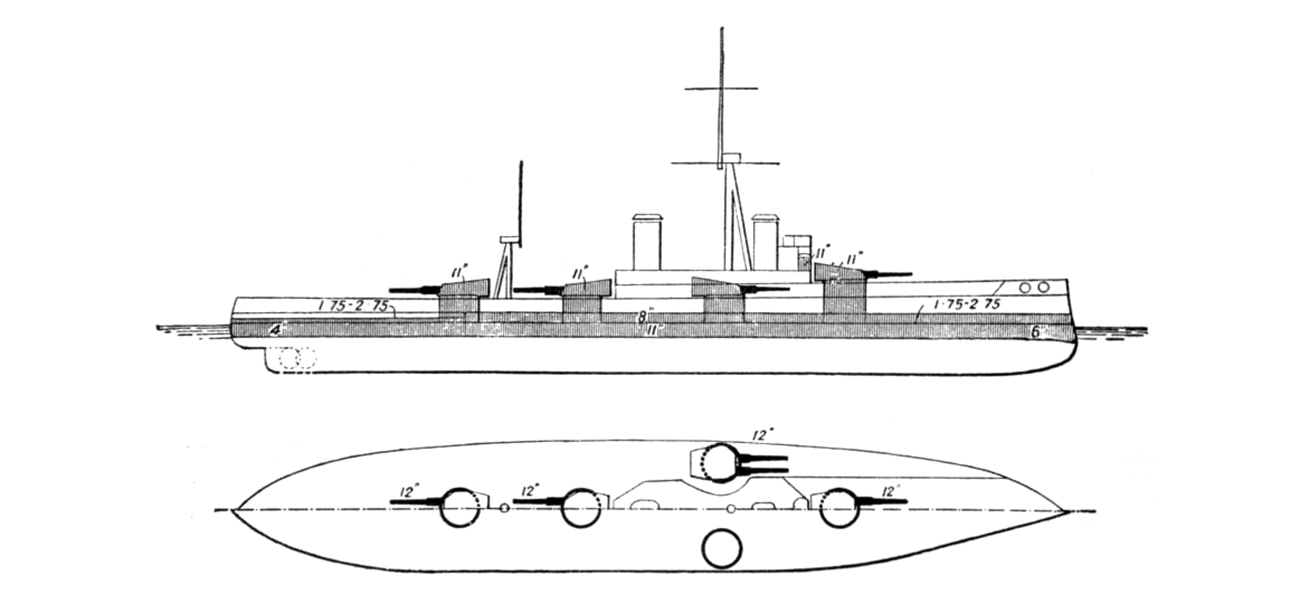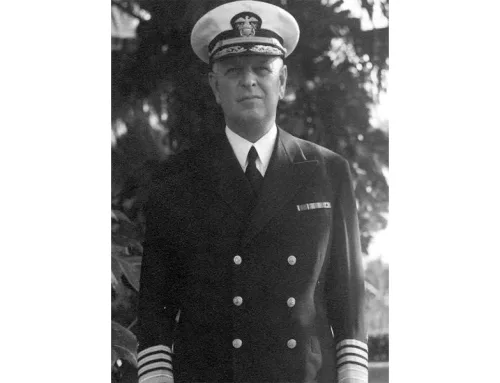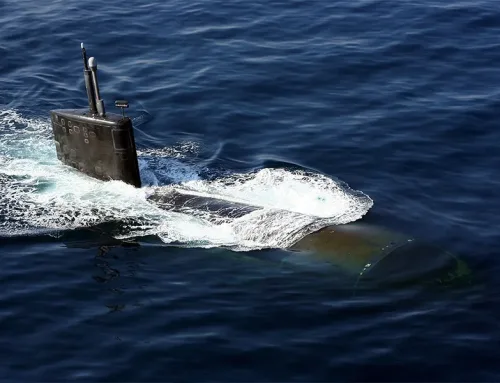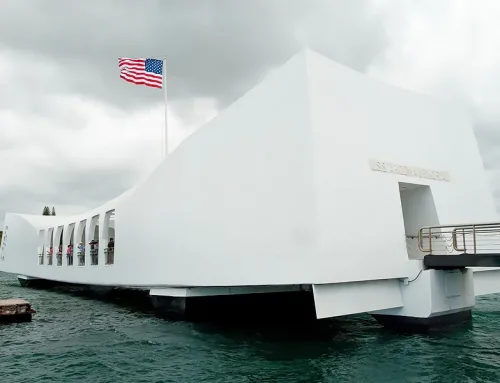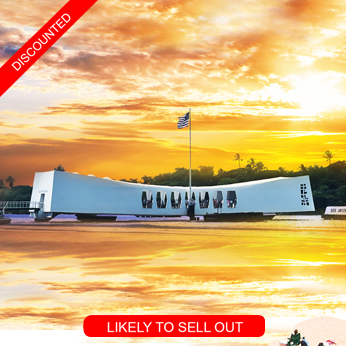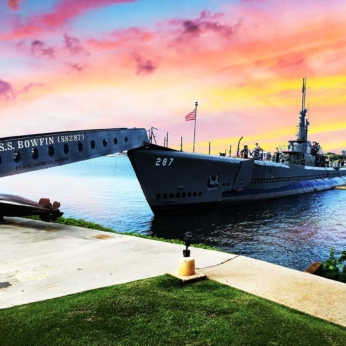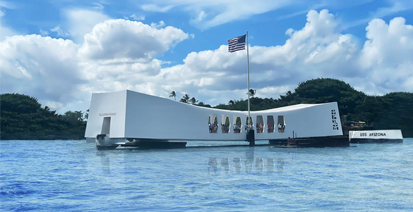Learning Pearl Harbor: What were Dreadnoughts?
AnonymousUnknown author, Public domain, via Wikimedia Commons
When we think about Pearl Harbor, images of fiery explosions, heroic sailors, and strategic military maneuvers often come to mind. But beneath the surface of this pivotal historical event lies a fascinating piece of naval history: the dreadnought. What exactly were these formidable warships, and how did they shape the course of naval warfare?
What are Dreadnoughts?
Dreadnoughts were a type of battleship that revolutionized naval warfare in the early 20th century. The term “dreadnought” comes from the name of the HMS Dreadnought, a groundbreaking British battleship launched in 1906. These ships were characterized by their heavy armament, advanced armor, and unprecedented speed, setting a new standard for naval power.
Historical Background
Before the advent of dreadnoughts, the seas were dominated by what were known as pre-dreadnought battleships. These earlier vessels had mixed armaments and were slower and less heavily armored. The transition from pre-dreadnought to dreadnought marked a significant evolution in battleship design and naval strategy.
The Birth of the Dreadnought
The HMS Dreadnought was the brainchild of Admiral Sir John “Jacky” Fisher of the Royal Navy. Launched in 1906, this ship was a game-changer. It featured an all-big-gun armament, with ten 12-inch guns, and was powered by steam turbines, giving it superior speed. The Dreadnought’s design was so advanced that it rendered all previous battleships obsolete almost overnight.
Design and Features of Dreadnoughts
Armament
Dreadnoughts were equipped with large-caliber guns, typically 12 inches or larger, arranged in such a way that they could deliver devastating broadsides. This heavy firepower was a key factor in their dominance.
Armor
These ships were heavily armored to withstand enemy fire. The armor-plating protected vital areas such as the gun turrets, engine rooms, and ammunition magazines.
Speed and Propulsion
Steam turbines gave dreadnoughts a significant speed advantage over their predecessors. This allowed them to outmaneuver and outpace enemy vessels, adding to their tactical superiority.
Impact on Naval Warfare
The introduction of dreadnoughts caused a seismic shift in naval strategy. Nations around the world entered into an arms race, each vying to build bigger and more powerful battleships. This period saw rapid advancements in naval technology and strategy, fundamentally altering the landscape of naval warfare.
Dreadnoughts in World War I
During World War I, dreadnoughts played a central role in major naval battles. The Battle of Jutland, for instance, saw British and German dreadnoughts clashing in a fierce engagement. While dreadnoughts demonstrated their might, the battle also revealed their vulnerabilities, such as susceptibility to torpedoes and mines. The Treaty of Versailles imposed strict limitations on naval armaments, including dreadnoughts. This led to a period of reduced naval expansion and a reevaluation of naval strategy. Innovations such as aircraft carriers began to emerge, signaling a shift away from battleship dominance.
Dreadnoughts in World War II
In the early stages of World War II, dreadnoughts still played a role, but their importance was waning. The attack on Pearl Harbor on December 7, 1941, highlighted this shift. The Japanese attack decimated several American battleships, including dreadnoughts, underscoring the vulnerability of these massive vessels to air power.
Pearl Harbor and Battleships
Pearl Harbor was a turning point in naval history. On that fateful day, eight battleships, including several dreadnoughts, were damaged or sunk. The attack demonstrated that air superiority had become the new standard in naval warfare, relegating dreadnoughts to a secondary role. Despite their losses, the dreadnoughts at Pearl Harbor played a crucial role in the initial defense strategy. Their presence, however, also highlighted the limitations of battleships in the face of modern air attacks. The lessons learned from Pearl Harbor reshaped naval tactics and accelerated the development of aircraft carriers and other naval innovations.
Modern Battleships and Dreadnoughts
Comparing dreadnoughts with contemporary warships reveals significant advancements in technology and design. Modern warships are more versatile, heavily reliant on electronic warfare systems, and capable of launching guided missiles. Yet, the foundational concepts introduced by dreadnoughts remain integral to naval architecture.
In conclusion, dreadnoughts were more than just battleships; they were a symbol of naval innovation and strategic dominance. From their inception with HMS Dreadnought to their role in both World Wars, these ships shaped naval warfare in profound ways. While their era has passed, the legacy of dreadnoughts lives on in the design and strategy of modern naval forces.
Most Popular Oahu Tours
Best Pearl Harbor Tours

The following tours are recognized as the most popular Pearl Harbor Tours on Oahu. While generally, our price is the lowest in the market now, for a limited time, they are on sale too. Please be advised that Pearl Harbor tickets and USS Arizona Memorial tickets are included in all of our Arizona Memorial Tours, Pearl Harbor small group tours, and private Pearl Harbor tours.



